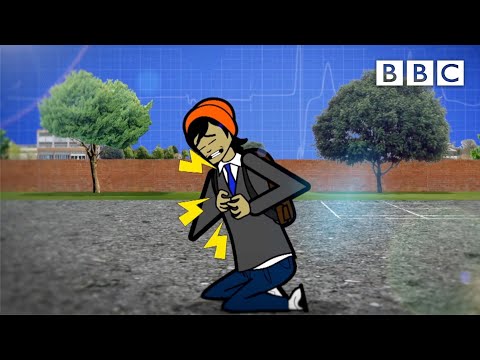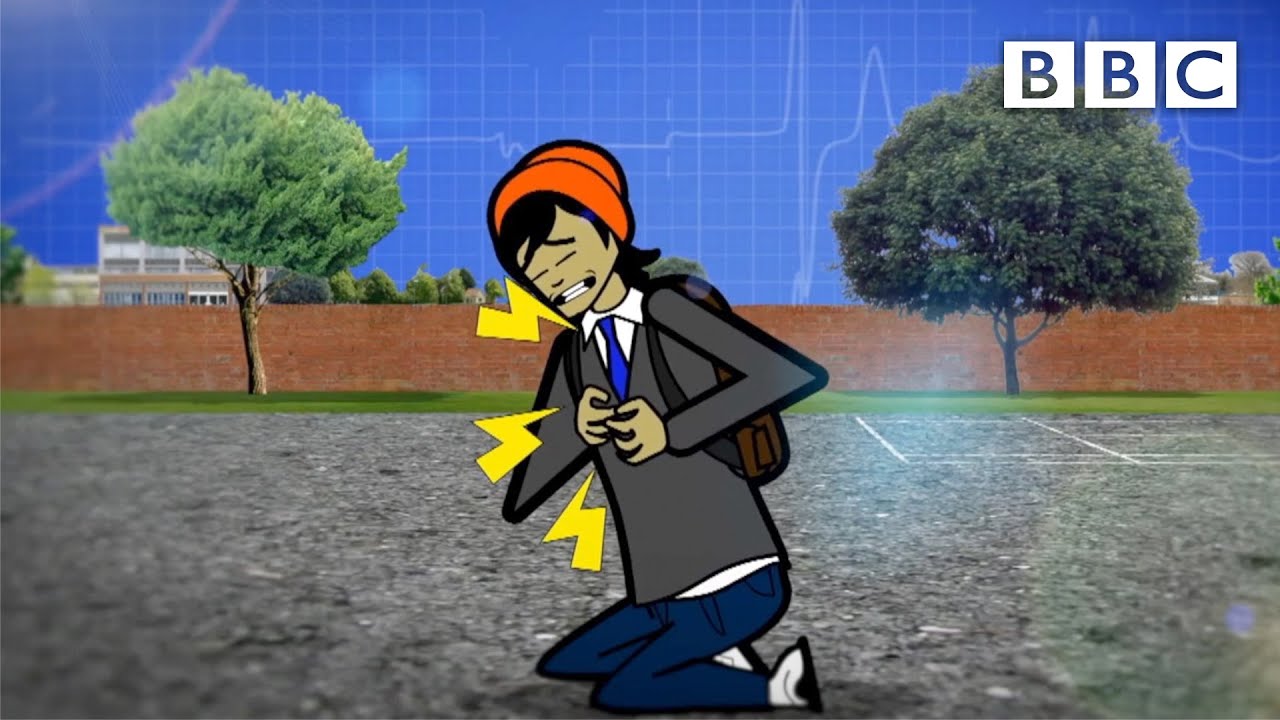Anxiety attacks can be a terrifying and overwhelming experience for those who suffer from anxiety disorders. During an anxiety attack, the body’s natural “fight or flight” response is triggered, leading to a surge of intense fear and panic. Heart palpitations, sweating, and shortness of breath are some of the physical symptoms that may accompany an anxiety attack. The mind becomes consumed with irrational thoughts, and a sense of impending doom can be paralyzing. It feels as though the world is closing in, and escape seems impossible. The intensity of an anxiety attack can vary from person to person, but for many, it’s an all-encompassing experience that leaves them feeling completely out of control. Understanding the physiological and psychological aspects of anxiety attacks is crucial in finding effective coping mechanisms and treatment options. While anxiety attacks can be debilitating, it’s important to remember that help is available. With the right support and techniques, individuals can learn to manage and reduce the frequency and severity of these attacks, leading to a better quality of life.

What Happens During an Anxiety Attack
| Physical Symptoms | Psychological Symptoms | Behavioral Symptoms |
|---|---|---|
| An increased heart rate, also known as tachycardia, is a common physical symptom experienced during an anxiety attack. This occurs due to the release of stress hormones, leading to a rapid and intense heartbeat. | Psychological symptoms during an anxiety attack often include a sense of impending doom or fear of losing control. Individuals may also experience intense worry, restlessness, and a feeling of detachment from reality. | Behavioral symptoms exhibited during an anxiety attack can be varied. Some individuals may become agitated or irritable, while others may withdraw from social situations. Avoidance behaviors, such as avoiding triggers or seeking reassurance, are also common. |
| Shortness of breath or difficulty breathing is another physical symptom that can occur during an anxiety attack. This is often accompanied by a sensation of tightness in the chest, causing individuals to feel as though they are suffocating. | In terms of psychological symptoms, individuals may experience racing thoughts or an inability to concentrate. Excessive worry and catastrophic thinking often contribute to heightened anxiety levels during an attack. | Some individuals may engage in repetitive behaviors, such as pacing or fidgeting, as a way to cope with the distress caused by the anxiety attack. Additionally, a heightened startle response or hypervigilance may be observed. |
| Gastrointestinal disturbances are common physical symptoms associated with anxiety attacks. These can include stomachaches, nausea, and even diarrhea. The gut-brain connection plays a significant role in these manifestations. | Psychologically, individuals may experience a sense of derealization or depersonalization during an anxiety attack. This can lead to feeling disconnected from one’s surroundings or a distorted perception of oneself. | Some individuals may find it difficult to sit still during an anxiety attack, often engaging in restless movements such as tapping their feet or pacing. Others may seek reassurance or constantly ask for support from those around them. |
| Excessive sweating, trembling, or shaking are physical symptoms often observed during anxiety attacks. These manifestations result from an overactive sympathetic nervous system, which triggers the body’s fight-or-flight response. | Psychological symptoms may include a fear of losing control or going crazy. Individuals may also experience a sense of impending danger or doom without a specific cause or reason. | Withdrawal from social activities or avoiding situations that may trigger anxiety attacks is a common behavioral symptom. Some individuals may struggle with maintaining relationships or have difficulty attending school or work due to anxiety. |
Note: It is important to remember that the symptoms experienced during an anxiety attack can vary from person to person. This table provides a general overview of the physical, psychological, and behavioral symptoms commonly associated with anxiety attacks.
Title: “Supporting a Friend Through Panic: Practical Tips”
Understanding the Mechanics of an Anxiety Attack
Anxiety attacks, also known as panic attacks, are intense episodes of fear and distress that can be overwhelming for individuals experiencing them. These attacks can occur suddenly and without warning, leaving the person feeling powerless and frightened. Understanding what happens during an anxiety attack is crucial in order to recognize the symptoms, provide appropriate support, and seek effective treatment.
The Physical Symptoms
Rapid Heartbeat
One of the most prominent physical symptoms of an anxiety attack is a rapid heartbeat. The individual may feel as though their heart is pounding or racing, which can be both uncomfortable and frightening. This increased heart rate is the body’s response to the surge of adrenaline released during the attack.
Shortness of Breath
During an anxiety attack, individuals often experience shortness of breath or hyperventilation. This sensation of not getting enough air can be distressing and may lead to feelings of suffocation. It is important to note that this shortness of breath is not caused by a lack of oxygen, but rather by the body’s response to the perceived threat.
Dizziness and Nausea
Many people who experience anxiety attacks also report feeling dizzy or lightheaded. This can be attributed to the hyperventilation and changes in blood flow that occur during the attack. Nausea and stomach discomfort are also common symptoms, often accompanied by a loss of appetite.
The Cognitive and Emotional Symptoms
Intense Fear and Dread
One of the defining characteristics of an anxiety attack is the overwhelming sense of fear and dread that accompanies it. The individual may feel as though they are in immediate danger, even in situations where there is no real threat. This intense fear can be paralyzing and may lead to a strong desire to escape or find safety.
Racing Thoughts
During an anxiety attack, the mind can become flooded with racing thoughts. These thoughts may be negative and centered around worst-case scenarios, further fueling the sense of fear and panic. It can feel as though the mind is spinning out of control, making it difficult to concentrate or think clearly.
Sense of Detachment
Another common cognitive symptom of an anxiety attack is a sense of detachment from oneself or one’s surroundings. This feeling of being disconnected or unreal is known as depersonalization or derealization. It can be incredibly distressing and may contribute to the individual’s fear that they are losing control or going crazy.
How to Support Someone Having an Anxiety Attack
Remain Calm and Reassuring
If you find yourself in the presence of someone having an anxiety attack, it is important to remain calm and reassuring. Speak in a soothing tone and let them know that you are there to support them. Avoid dismissing or belittling their experience, as this can increase their distress.
Create a Safe Environment
Find a quiet and comfortable space where the person can feel safe and secure. Dimming the lights, if possible, and removing any potential triggers can help create a calming atmosphere. Encourage slow, deep breathing exercises to help regulate their breathing and reduce hyperventilation.
Avoid Judgment and Offer Empathy
It is important to remember that anxiety attacks are not a choice or a sign of weakness. Avoid making judgmental statements or telling the person to “snap out of it.” Instead, offer empathy and understanding, reassuring them that what they are experiencing is real and that help is available.
Seeking Effective Treatment
Therapy and Counseling
Individuals who experience anxiety attacks may benefit from therapy or counseling to address the underlying causes and learn coping mechanisms. Cognitive-behavioral therapy (CBT) and exposure therapy are particularly effective in treating anxiety disorders.
Medication
In some cases, medication may be prescribed to help manage the symptoms of anxiety attacks. Antidepressants, anti-anxiety medications, and beta-blockers are commonly used to reduce the frequency and intensity of these attacks. However, medication should always be discussed with a healthcare professional.
Self-Care and Stress Management
Engaging in self-care practices and stress management techniques can also be beneficial in reducing the likelihood of anxiety attacks. Regular exercise, adequate sleep, healthy eating, and relaxation exercises such as meditation or yoga can all contribute to overall well-being and anxiety reduction.
Conclusion
Understanding what happens during an anxiety attack is essential in providing support and seeking effective treatment. By recognizing the physical, cognitive, and emotional symptoms, individuals can better navigate these episodes and work towards managing their anxiety. Remember, anxiety attacks are treatable, and with the right support, individuals can regain control and live fulfilling lives.
Anxiety Attack: What Happens
- Racing or pounding heart
- Shortness of breath or difficulty breathing
- Chest pain or discomfort
- Feeling dizzy or lightheaded
- Trembling or shaking
- Sweating excessively
- Feeling a sense of impending doom or danger
- Feeling out of control or overwhelmed
- Intense fear or panic
- Feeling detached from reality
- Difficulty concentrating or thinking clearly
- Feeling the need to escape or run away
- Feeling numb or tingling sensations
- Upset stomach or gastrointestinal distress
- Feeling hot or cold flashes
- Restlessness or inability to sit still
- Experiencing intrusive thoughts or worries
- Difficulty sleeping or staying asleep
- Feeling exhausted or fatigued
- Increased irritability or agitation
- Heightened sensitivity to noise or light

